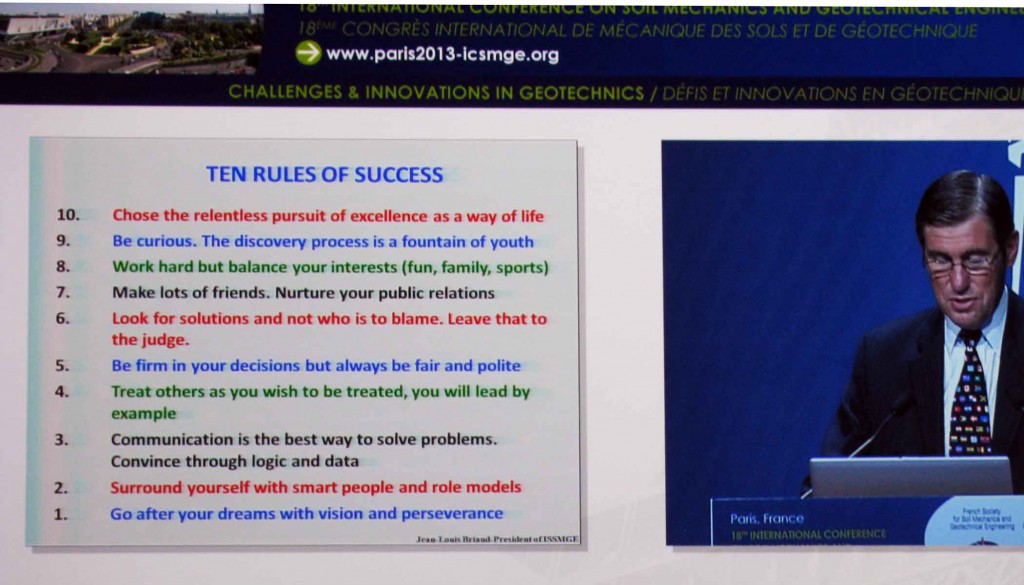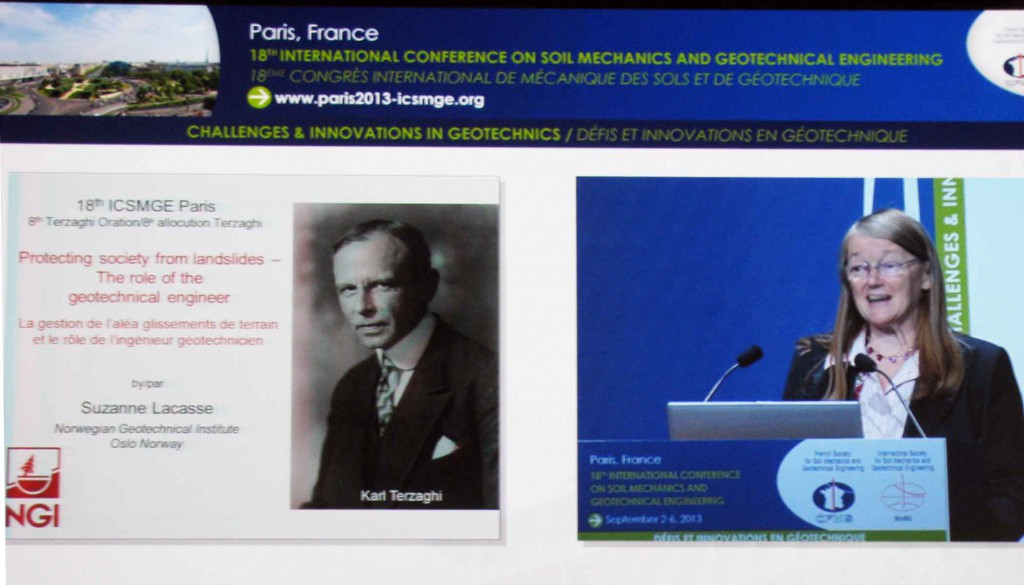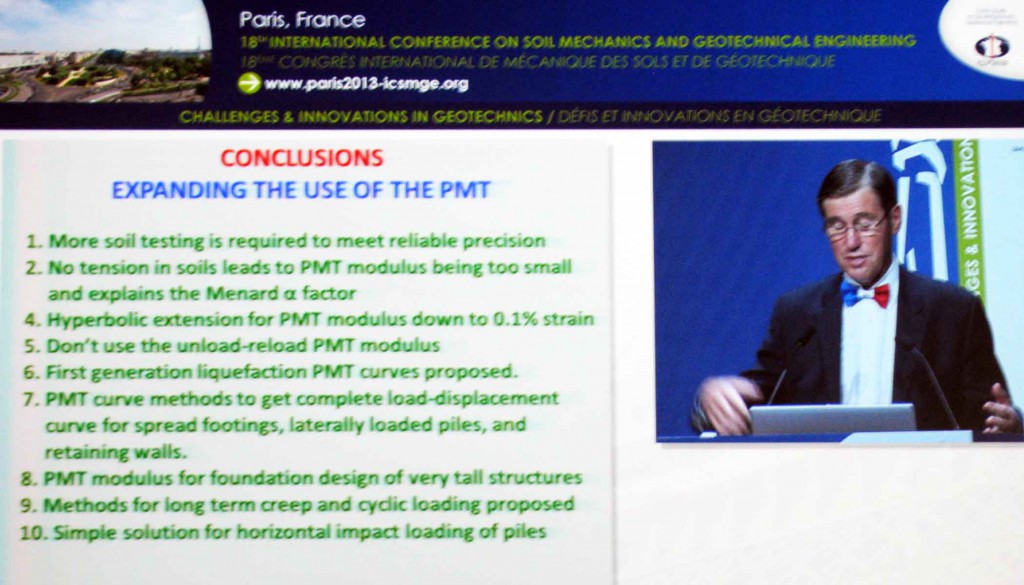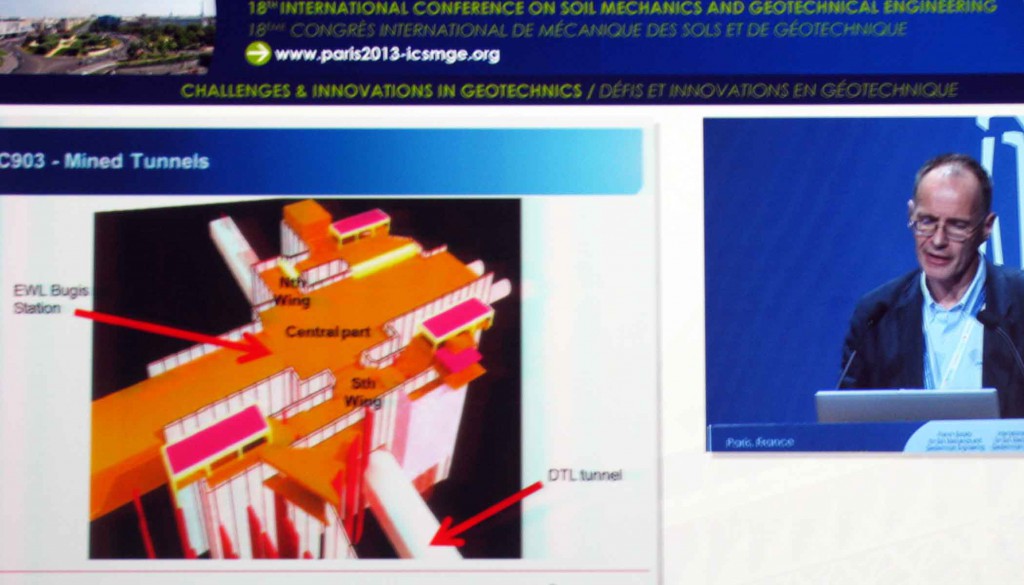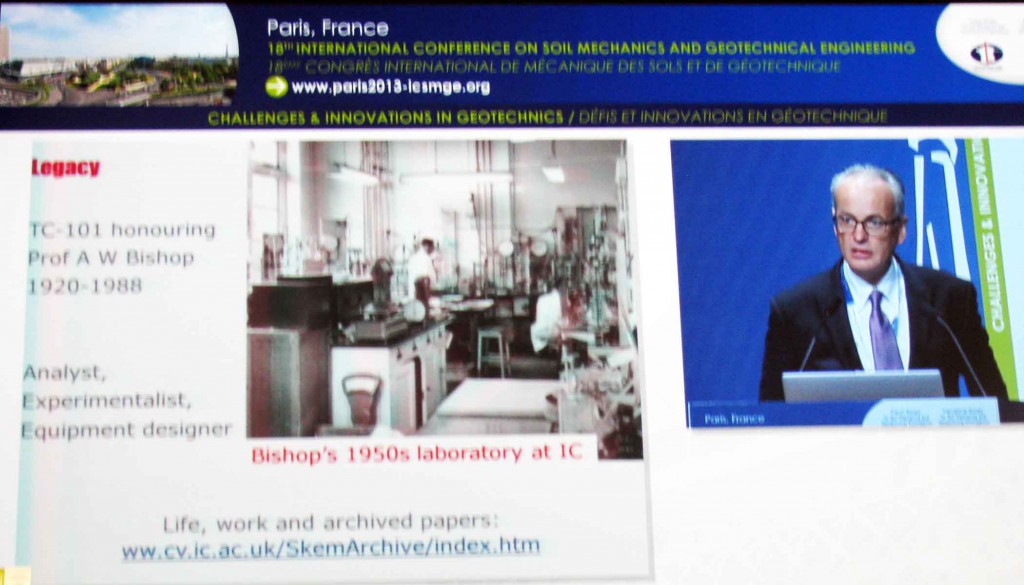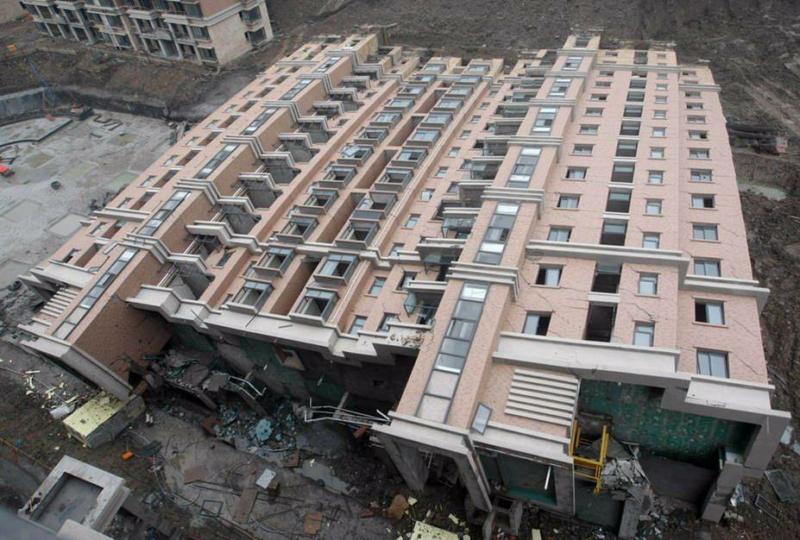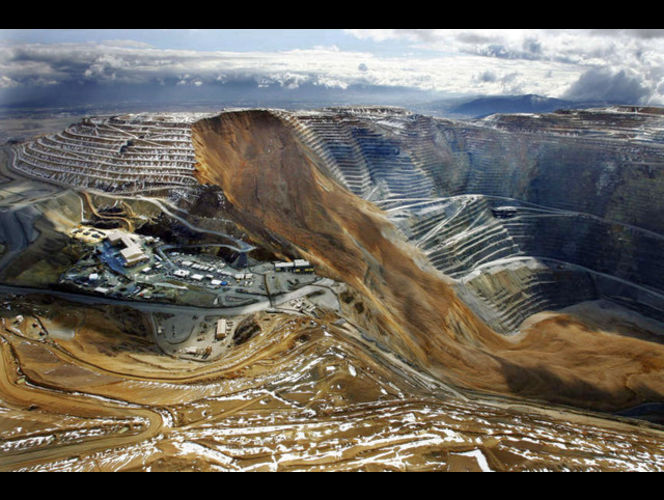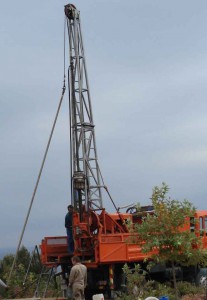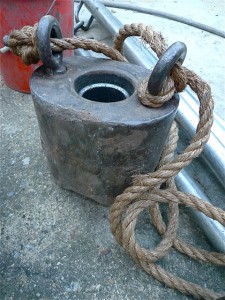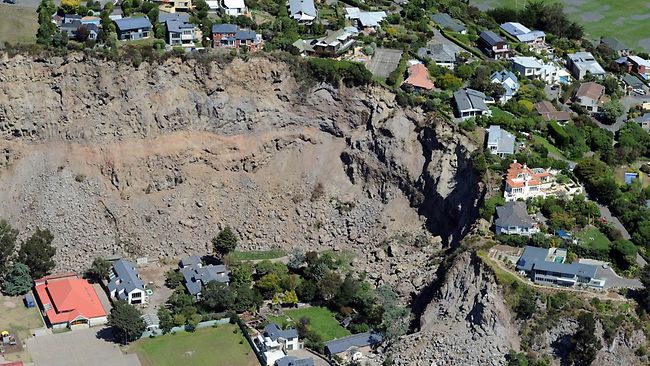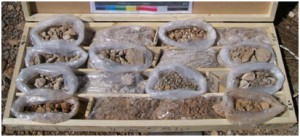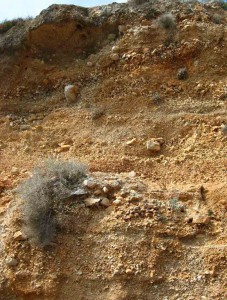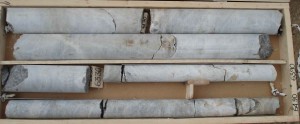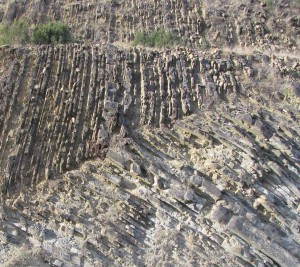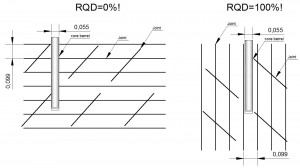A brief feedback from Chrys Steiakakis
A brief summary for all the people that could not make it to the 18th International conference on soil mechanics and geotechnical engineering held on Paris between Monday 2 and Friday 6th of September 2013. The conference main theme was “Challenges and Innovations in Geotechnics”.
The conference commenced with the former president J. L. Briaud presentation of “The State of the Society” in which a very interesting point was his 10 rules for success.
The conference continued with the 8th Terzaghi Oration invited lecture from Susan Lacasse of the Norwegian Geotechnical Institute (NGI).
The title of the lecture was “Protecting society from landslides – the role of the geotechnical engineer”. The lecture presented case studies of landslides, their causes and the way they were analyzed and treated. Very interesting was the Kattmarka landslide that occurred on March the 13 2009 (which incidentally was Friday the 13!) and was caused because of the road construction. Main issues that led to the landslide were among others the limited geotechnical investigation and geotechnical design.
The first day continued with the Ishihara lecture presented by George Gazetas from the National Technical University of Athens (NTUA). The presentation title was “Soil-Foundation-Structure systems beyond conventional seismic failure thresholds”.
He presented a novel approach of designing shallow foundations that are not designed to behave elastic in earthquake loading but to be able to work in extreme conditions and allow for uplift and bearing capacity slippage with acceptable limits of temporary and permanent deformations (settlements). This approach is contrary to current codes but it was shown that it could avoid structural damage and collapse.
The conference continued with the Manard Lecture presented by J. L. Briaud with title “The pressuremeter test: Expanding its use” in which he explained how to correctly utilize the PMT, how to execute the drillings and what the advantages of the pressuremeter test are. Furthermore he gave some reference values for preliminary design and some further extend of the test in liquefaction.
A.Sim of Soletanche-Bachy provided an excellent presentation regarding the construction challenges and difficulties for the new Bugis Station and associated tunnels for the Mass Rapid Transit in Singapore. Especially interesting were the methods used to overcome the passage of the tunnels and the station under or very near buildings.
Professor R. Jardine of Imperial Collage presented the Bishop Lecture in which he presented a state of art of laboratory testing and the use in research and practice. The lecture covered driven piles in sand and the detailed laboratory evaluation of these sands in order to predict pile behavior in static and cyclic loading.
The conference continued the next day with very interesting invited lectures that will be presented in a following entry.

